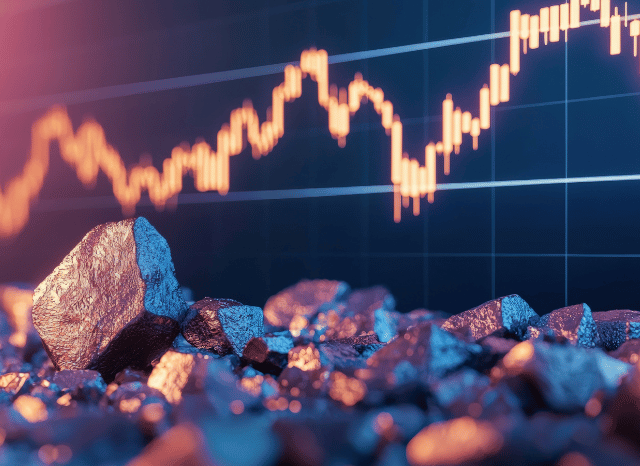Rare Earth Component Minerals: World wide Supply and Desire by Stanislav Kondrashov
Rare Earth Component Minerals: World wide Supply and Desire by Stanislav Kondrashov
Blog Article

The strategic metals powering the Vitality transition at the moment are centre phase in geopolitics and business.
After confined to area of interest scientific and industrial circles, unusual earth components (REEs) have surged into international headlines—and for good cause. These 17 features, from neodymium to dysprosium, tend to be the constructing blocks of modern technologies, actively playing a central job in almost everything from wind turbines to electrical motor vehicle motors, smartphones to defence systems.
As the earth races to decarbonisation and digitalisation, demand from customers for REEs is soaring. Their role in the Electricity transition is essential. Higher-performance magnets designed with neodymium and praseodymium are important to the electric motors used in both of those EVs and wind turbines. Other REEs like europium and terbium are handy for lighting, shows, and optical fibre networks.
But source is precariously concentrated. China at present leads the sourcing, separation, and refining of uncommon earths, managing much more than 80% of global output. This has left other nations scrambling to construct resilient provide chains, decrease dependency, and secure entry to these strategic sources. Consequently, uncommon earths are no more just industrial products—They are geopolitical property.
Buyers have taken Be aware. Interest in scarce earth-relevant shares and exchange-traded funds (ETFs) has surged, driven by both The expansion in clear tech and the desire to hedge against offer shocks. Nonetheless the market is advanced. Some corporations are still during the exploration phase, Other people are scaling up creation, although a number of are presently refining and providing processed rare earth elements metals.
It’s also important to be aware of the distinction between unusual earth minerals and scarce earth metals. "Minerals" make reference to the raw rocks—like bastnasite, monazite, xenotime, or ionic clays—that incorporate unusual earths in organic type. These involve intense processing to isolate the metallic features. The time period “metals,” However, refers back to the purified chemical aspects used in high-tech purposes.
Processing these minerals into usable metals is highly-priced. Outside of China, few nations around the world have mastered the complete industrial approach at scale, however spots like Australia, the U.S., Vietnam, and Brazil are working to change that.
Need is becoming fuelled by many sectors:
· Electrical mobility: magnets in motors
· Renewable energy: notably wind turbines
· Customer electronics: smartphones, laptops, sensors
· Defence: radar, sonar, precision-guided programs
· Automation and robotics: increasingly essential in business
Neodymium stands out as a particularly valuable rare earth resulting from its use in effective magnets. Other people, like dysprosium and terbium, enrich thermal balance in large-effectiveness programs.
The rare earth market is volatile. Selling prices can swing with trade policy, technological breakthroughs, or new offer resources. For buyers, ETFs provide diversification, though direct stock investments come with bigger threat but most likely greater returns.
What’s crystal clear is exceptional earths are no longer obscure chemical curiosities—they’re strategic sources reshaping the worldwide financial state.